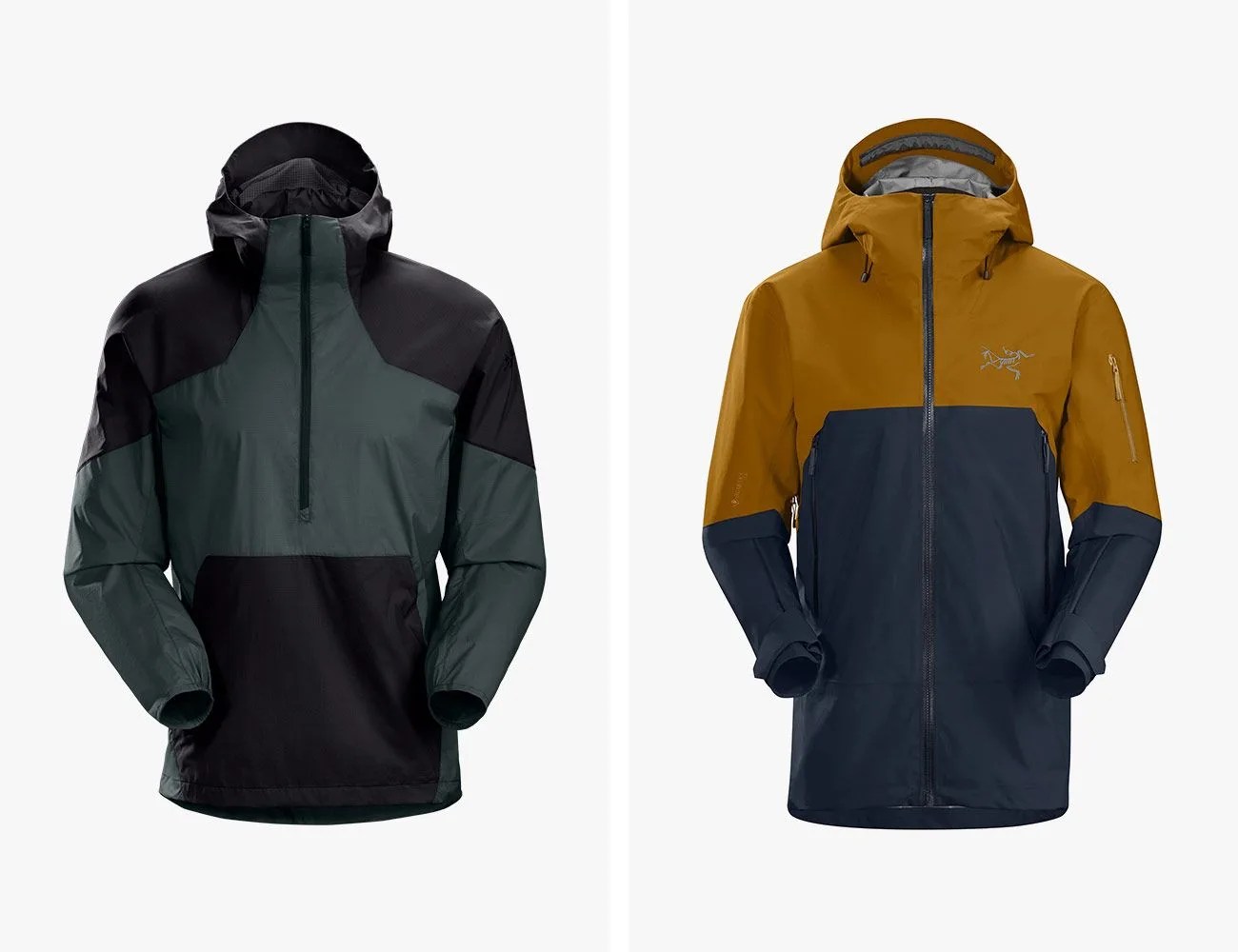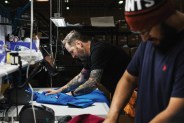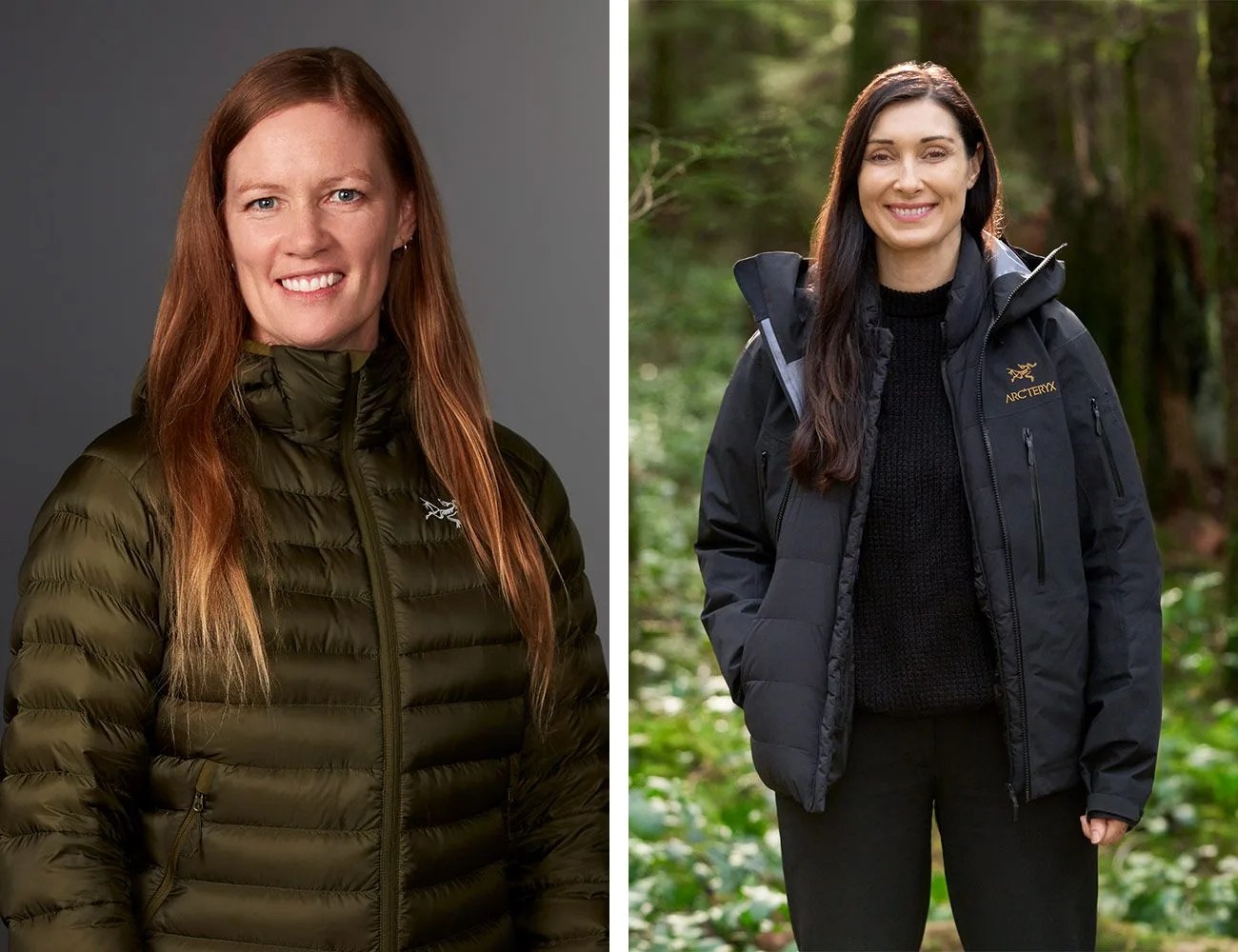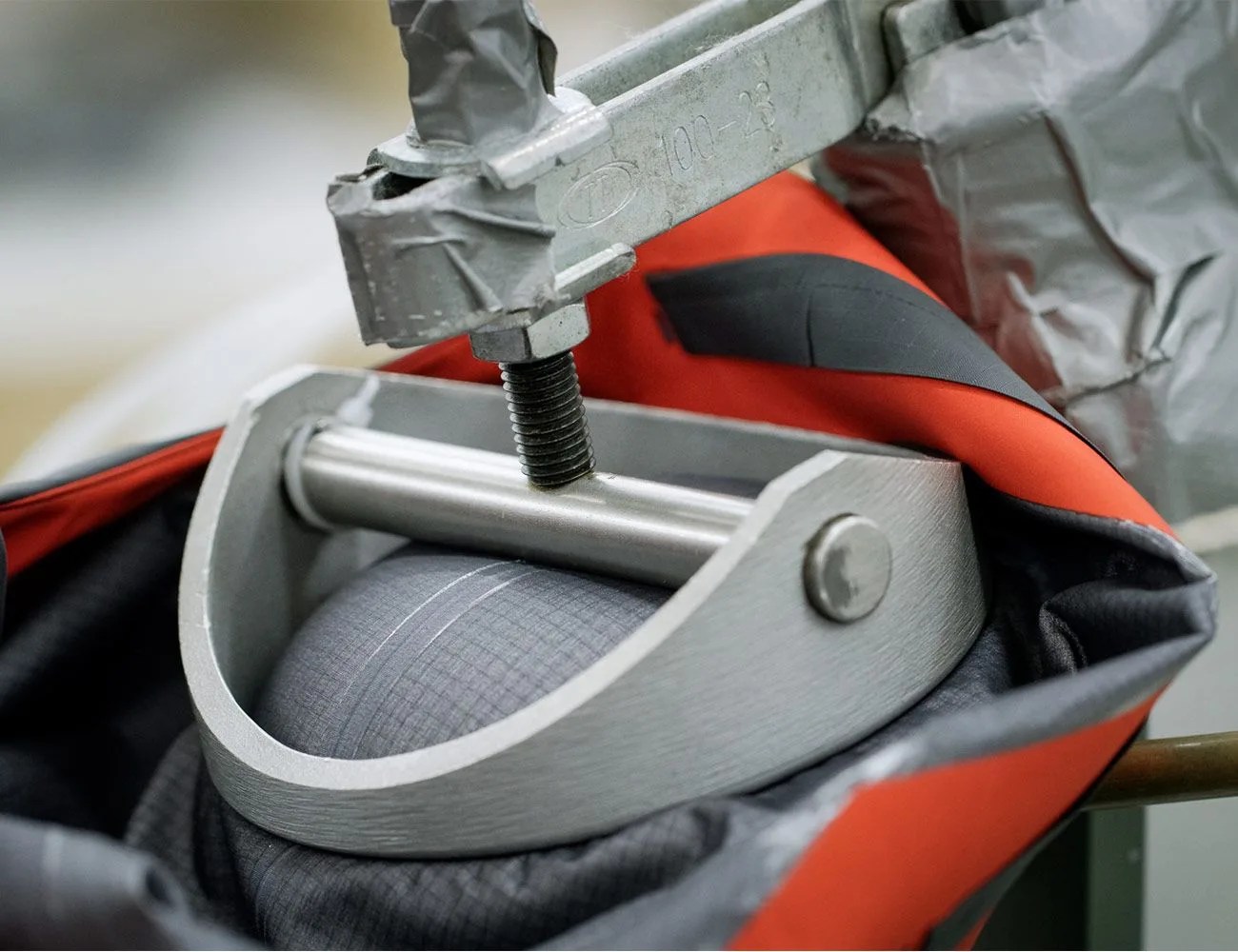A lot can happen in two years. Just ask Arc’teryx. In 2019, the North Vancouver-based brand entered the circular economy with its Used Gear program, enabling customers to send back gently worn apparel for store credit — and others to snag those refurbished goods at sweet prices. Famed for its performance, durability and style, Arc’teryx processed 5,000 trade-ins in the first six months, and the following year the program more than doubled in size. The signal was clear: Consumers were voting for sustainability with their dollars, and the sky was the limit.
“We saw an enormous amount of interest in used gear and alternatives to brand-new products,” says Katie Wilson, Senior Manager of Sustainability at Arc’teryx. “Two years later, demand remains super high and products sell out incredibly fast. This has created an opportunity to try other pilots, all under the umbrella of ReBird.”
Wilson has been at the helm of the Sustainability team for the past year and a half and oversaw the launch of its Science-Based Targets, emissions reductions and renewable energy goals approved by a worldwide consortium aiming to keep the global temperature increased below 2 degrees Celsius.
What’s that mean for you? Cool new initiatives under the ReBird program, like a recent one that collects end-of-roll materials and upcycles them into new products like the Stowe Windshell ReBird ($179) and Rush Jacket ReBird ($749), for starters.

Wilson says the targets for the ReBird program aren’t public just yet, as her team works internally to quantify the impacts of its carbon emissions. “What I can say is that the science-based targets are our most urgent priority as a team and a business,” she reveals. “Our strategy is to avoid fast fashion at all costs.”




